Climate Change Threat For Rare Bats
The endangered grey long-eared bat, with a UK population of less than 1,000, could be further threatened by the effects of climate change as conditions for Spanish and Portuguese populations deteriorate.
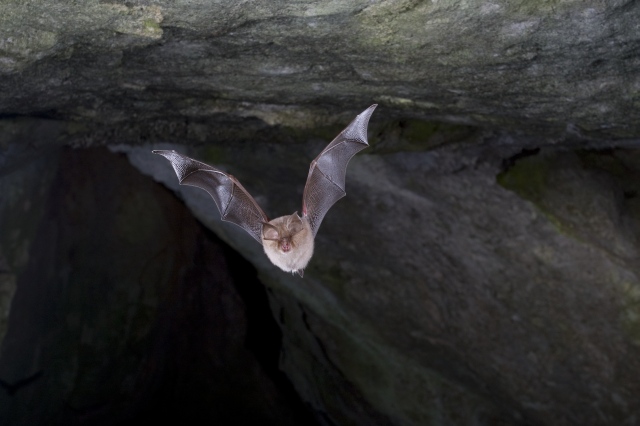 Image: By F. C. Robiller / naturlichter.de (Own work) [CC BY-SA 3.0 (http://creativecommons.org/licenses/by-sa/3.0)], via Wikimedia Commons
Image: By F. C. Robiller / naturlichter.de (Own work) [CC BY-SA 3.0 (http://creativecommons.org/licenses/by-sa/3.0)], via Wikimedia Commons A British bat species that has a population here of less than 1,000 individuals could be further threatened by the effects of global warming in other parts of its range, according to a new study by scientists at the University of Southampton.
The grey long-eared bat will not be threatened in the UK by changes in climate, in fact conditions could become more favourable. However, scientists warn that populations of the species in southern Europe could be devastated. It is these populations that hold the key for the survival of the species but, in Spain and Portugal, conditions will become too harsh for the bats.
This is of particular concern to scientists because the populations of grey long-eared bats in these areas include pockets with the highest levels of genetic diversity. This is due to the fact that the ancestors of these animals survived major climate change events such as ice ages. Therefore, they are better suited to the changes that global warming will bring, which will include hotter, drier conditions.
There are other populations in the region that lack such genetic diversity and are unable to adapt to the new conditions. These populations will be vulnerable if they become isolated and cannot fly to more climatically suitable areas due to the landscape in between being unsuitable. It could also prevent the bats from better-adapted populations from reaching them, and therefore their genes will not be able to help the threatened bat populations.
Lead author Dr Orly Razgour, of the University of Southampton, explained: “Long-lived, slow-reproducing species with smaller population sizes are not likely to be able to adapt to future climate change fast enough through the spread of new mutations arising in the population. Instead they will depend on the spread of adaptive genetic variation between populations through the movement of individuals. As climate change progresses and the environment becomes less suitable for the bats, they will not only struggle to survive where they are currently found but they will also find it more difficult to shift their range to climatically suitable areas. This reduced connectivity between populations will in turn affect the ability to adapt to changing climatic conditions because of reduced movement of individuals that are better adapted to warmer and drier conditions into the population.”
The authors used various measures to identify populations at risk from climate change which may be able to help other species with threatened populations. They used ecological modelling and climate data to look at where climate change is likely to be most extreme, they gathered genomic data from biopsy samples to assess which species are likely to be most sensitive to the effects of future climate change and they also considered range shift potential, which is the ability of a species to move from an unsuitable to a suitable area.
Dr Razgour said: “The framework we have developed can be used to identify the wildlife populations that are most under threat, and therefore help decide how to focus conservation efforts to help the species survive under future climate change. In the case of the bats, this may require people moving them to a more climatically suitable area. Alternatively, we can focus our conservation efforts on medium-high risk populations, where we can encourage the bats to move to more suitable areas through increasing connectivity with other populations and to areas where climatic conditions will remain more suitable.”

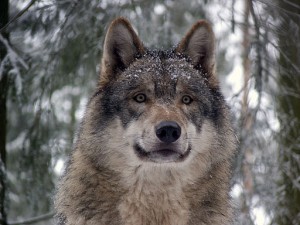
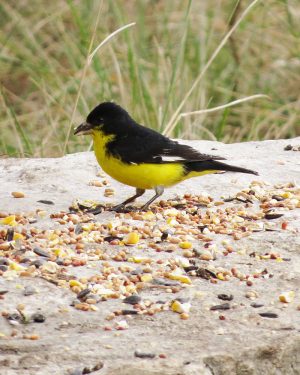
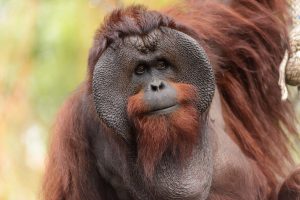
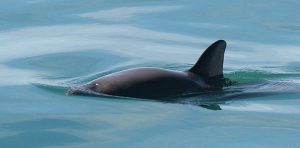
No comments yet.